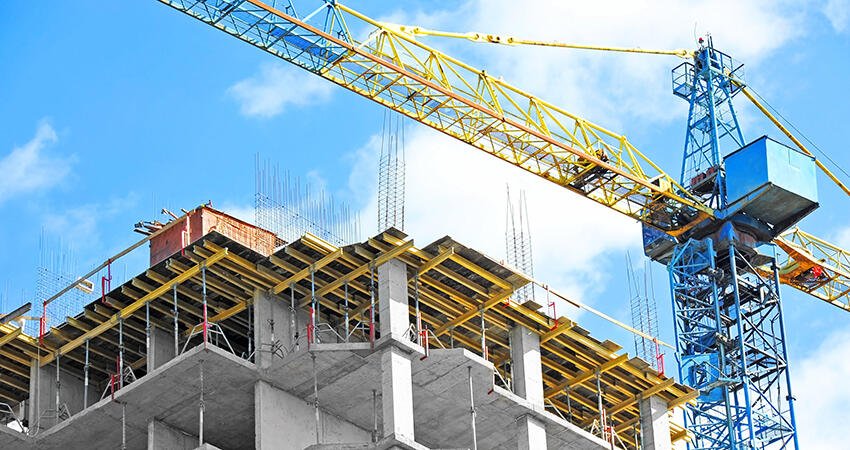
(Unkas Photo/Shutterstock)
Worst-Case Housing Needs Reach New High
- Title:
-
Worst Case Housing Needs: 2023 Report to Congress
- Author:
-
Alvarez, Thyria A., Steffen, Barry L.
- Source:
- Publication Date:
-
2023
The US Department of Housing and Urban Development (HUD) has submitted its 19th biennial report to the US Congress on Worst Case Housing Needs, which sheds light on the severe challenges faced by families with low incomes. HUD has released the report since 1991 to measure the extent of unmet needs for affordable rental housing of adequate quality, including public rental assistance. Those facing the worst-case housing needs are identified as renters with very low incomes, falling at or below 50 percent of the area median income (AMI). These households don’t benefit from government housing assistance and face either the challenge of paying more than half of their income on rent, live in severely inadequate conditions, or both.
The report relies on data from the 2021 American Housing Survey, conducted by the US Census Bureau and sponsored by HUD, offering a comprehensive view of the nation's housing landscape. This report reflects the impact of the COVID-19 pandemic and its economic consequences, about a year and a half after the pandemic's onset.
Key findings:
- The 2023 report reveals that in 2021, a staggering 8.53 million households had worst-case housing needs, an increase of 760,000 cases compared with 2019. This is a notable upsurge from the previous record of 8.48 million in 2011.
- The primary problem for renters with worst-case housing needs was severe rent burden caused by insufficient income; 8.29 million households (97.2 percent of all people with worst-case housing needs) had severe rent burdens in 2021.
- Severely inadequate housing caused a smaller fraction of worst-case needs, at 2.8 percent. This is primarily caused by a decades-long trend of improvements to the nation’s housing stock.
- Out of the 19.34 million very low–income (VLI) renter households in 2021 (earning less than 50 percent of the AMI), approximately 44.1 percent were in worst-case housing situations.
- Of extremely low–income (ELI) renters—a household earning less than 30 percent of the AMI— 49.1 percent were in worst-case housing situations, meaning one in two ELI households faced severe housing cost burdens, inadequate living conditions, or both.
- ELI renters constituted the majority (71.0 percent) of worst-case housing needs in 2021, a slight decrease from the 74.4 percent recorded in 2019. Though worst-case needs did not change among ELI renters between 2019 and 2021, they increased among renters with incomes between 30 and 50 percent of the AMI.
- Between 2019 and 2021, all racial and ethnic groups saw an increase in worst-case housing needs, but households of color, which refers to non-Hispanic white households, experienced more significant increases. Worst-case needs rose by 334,000 among Black households, 246,000 among Latinx households, 47,000 among Asian households, and 110,000 among other households of color.
- Households headed by people of color accounted for more than one-half (57.2 percent) of worst-case needs.
- White households, constituting 42.8 percent of all worst-case needs in 2021, saw the slowest increase, with an additional 23,000 cases.
- For VLI renters, worst-case needs remained a serious and prevalent problem among all household types in 2021: 44.4 percent of families with children, 40.1 percent of older adult households, 50.0 percent of other family households, and 46.0 percent of other nonfamily households faced worst-case housing needs.
- In 2021, approximately 948,000 VLI renters lived in overcrowded housing conditions. Among these overcrowded households, about 41.1 percent also had worst-case housing needs, meaning they faced severe housing cost burdens, inadequate living conditions, or both.
- The majority (92.5 percent) of overcrowded households were families with children.
Policy implications:
Severe rent burdens, competition for affordable units, and a shortage of rental assistance are the primary factors causing worst-case needs. Improving the availability of affordable rental units for renters with low incomes is essential to reducing worst-case needs.
- Expanded rental assistance programs: Increase funding and availability of rental assistance programs, such as housing choice vouchers, to support renters with low incomes who are burdened by severe rent costs.
- Affordable housing development: Promote the construction of affordable housing units through government incentives, subsidies, and partnerships with the private sector.
- Preservation of affordable units: Implement policies to preserve existing affordable housing units and prevent their conversion into market-rate housing. This may involve legal protections and financial incentives for property owners.


